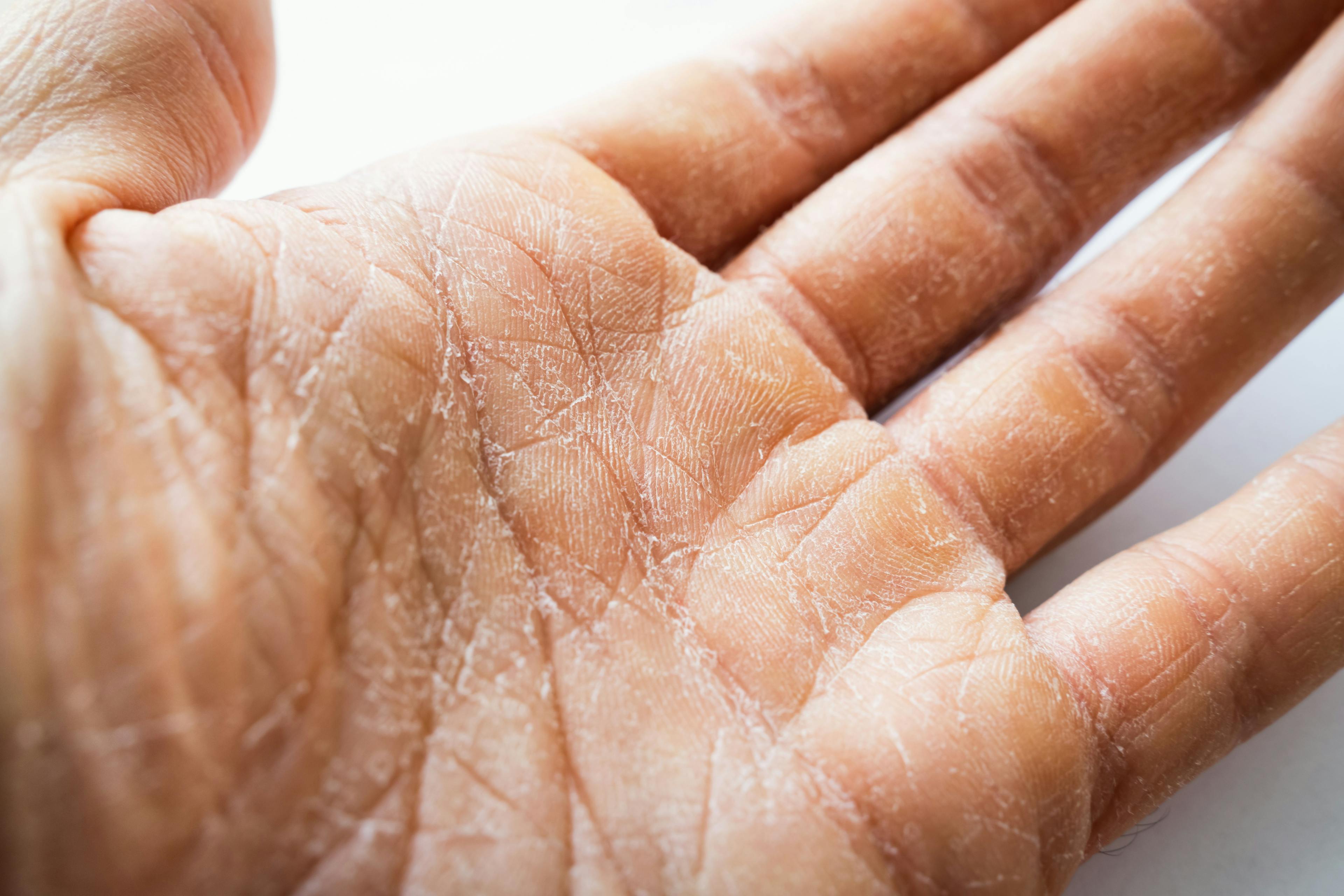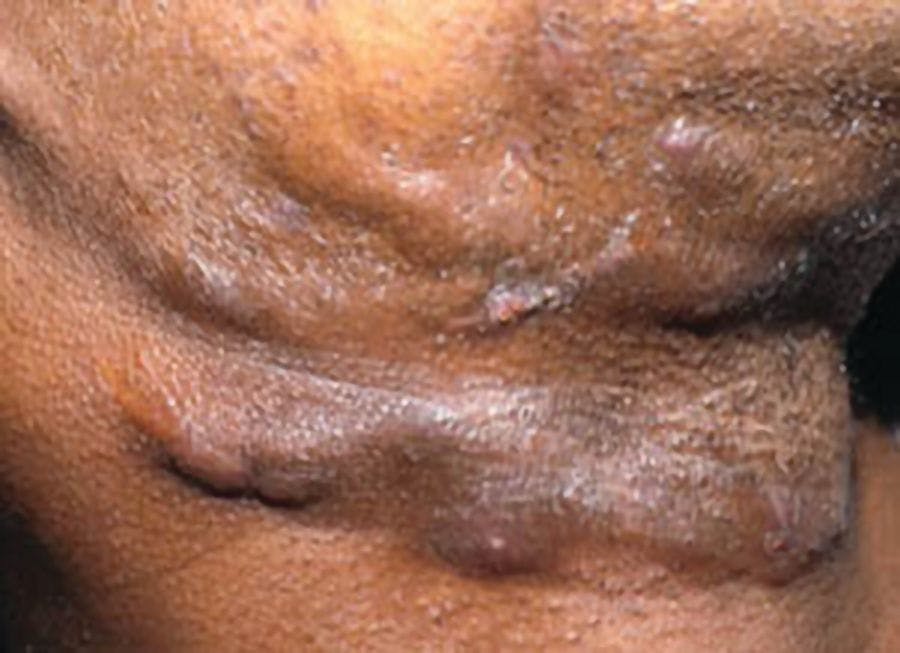- Acne
- Actinic Keratosis
- Aesthetics
- Alopecia
- Atopic Dermatitis
- Buy-and-Bill
- COVID-19
- Case-Based Roundtable
- Chronic Hand Eczema
- Chronic Spontaneous Urticaria
- Drug Watch
- Eczema
- General Dermatology
- Hidradenitis Suppurativa
- Melasma
- NP and PA
- Pediatric Dermatology
- Pigmentary Disorders
- Practice Management
- Precision Medicine and Biologics
- Prurigo Nodularis
- Psoriasis
- Psoriatic Arthritis
- Rare Disease
- Rosacea
- Skin Cancer
- Vitiligo
- Wound Care
Publication
Article
Dermatology Times
Finding the Best Peel for Your Skin of Color Patient
Author(s):
Pearl Grimes, MD, FAAD, dives deep into chemical peels, especially for your skin of color patients, at the 2022 ASDS Annual Meeting.
In a session dedicated to chemical peels presented at the 2022 American Society for Dermatology Surgery (ASDS) Annual Meeting, Pearl Grimes, MD, FAAD, said results created by using chemicals peels cannot be recreated with a boxed laser because of the artistry and science involved in the process.
Grimes is a clinical professor of dermatology at the University of California Los Angeles (UCLA), director of the Vitiligo and Pigmentation Institute of Southern California and the Grimes Center for Medical and Aesthetic Dermatology, and Dermatology Times® editorial advisory board member.
When it comes to treating skin of color patients with peels, there are various advantages and disadvantages. For instance, some advantages include minimized photoaging, decreased frequency of skin cancer, and enhanced photoprotection and barrier protection. However, some disadvantages to using peels on skin of color patients include the risk of hyperpigmentation, hypopigmentation, and the development of hypertrophic scars and keloids.
Additionally, Grimes mentioned different Fitzpatrick skin types require different levels of chemical peels. In Fitzpatrick skin types I-III, superficial, medium depth, and deep peels can help treat rhytids, solar keratoses, acne vulgaris, hyperpigmentation, and scarring. Meanwhile, in Fitzpatrick skin types IV-VI, only superficial and medium depth peels can be used, treating hyperpigmentation, acne vulgaris, texture, fine lines, acne scarring, skin laxity, and pseudofolliculitis barbae.
Grimes then dived into the different types of peels available including the superficial very light peel, superficial light, medium depth, and deep. The superficial very light peel consists of hydroxy/salicylic acid, tretinoin, and trichloroacetic acid (TCA) 10%-20%, penetrating the stratum spinosum. The superficial light peel consists of TCA 20%-30%, Jessner’s Solution Glycolic acid, affecting the entire epidermis.
Also, medium depth peels consist of TCA 35-40%, Jessner’s/TCA 35%, solid CO2/TCA, or 88% phenol, affecting the upper reticular dermis. Deep peels consist of unoccluded or occluded Baker’s phenol peel or TCA >50%, affecting the mid-reticular dermis
Grimes also mentioned some proprietary peels on the market, including the Micropeel Plus 20 and 30, Melanage Micropeel, Vitalize Peel, Vi Peel, and the Cosmelon Peel.
Despite these various options on the market, Grimes stressed the importance of knowing your peels and what works best when treating your skin of color patients.
For instance, priming should be done prior to peeling for at least 2 to 4 weeks (lighteners). Also, she recommended telling patients to use photoprotection.
According to Grimes, peels are a second-line treatment, with superficial peels working best for skin types IV-VI, especially when used in combination with a topical regimen.
When it comes to pre-peal care, Grimes recommends lighteners, exfoliants, antioxidants, antiviral therapy, and spectrum and visible light photoprotection. Meanwhile, for post-peel care, Grimes suggests using lighteners, exfoliants, antioxidants, antiviral therapy, broad spectrum and visible light photoprotection, bland cleansers and moisturizers, and topical corticosteroids.
When retinoids are formulated into the peel, according to Grimes, they increase the depth of the chemical peels. However, unless a deeper peel is desired, she suggests that retinoids be discontinued at least 7 to 10 days prior to peeling in darker racial-ethnic groups. Also, some of the complications of using retinoids in peels include post-inflammatory hyperpigmentation.
Aside from complications from retinoids, all peels have possible complications, including hypopigmentation, hyperpigmentation, erythema, and scarring. Pearl concluded her portion of the presentation by providing some treatments for these complications such as using photoprotection, bland cleansers, and mid to high-potency topical corticosteroids.
“Know your skin types, know your boundaries, and know your peels,” said Grimes.
Reference:
Grimes P. Superficial and medium depth peels: What you need to know. Presented at: 2022 American Society for Dermatologic Surgery, Denver, Colorado, October 7-10, 2022.

Newsletter
Like what you’re reading? Subscribe to Dermatology Times for weekly updates on therapies, innovations, and real-world practice tips.






























